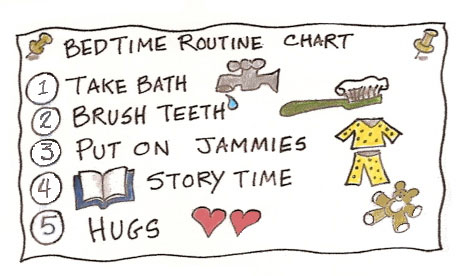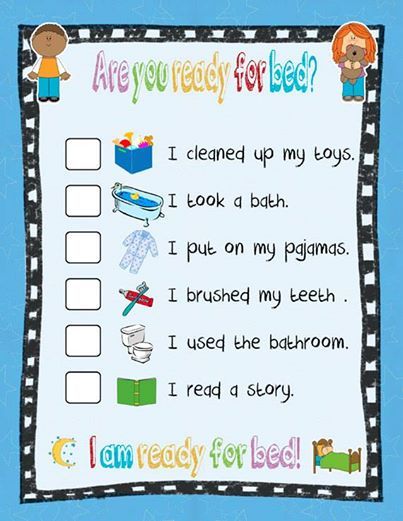You Can Win the Parenting Struggle!
How often do we hear other parents venting about difficult scenarios with their children? Toddlers, adolescents… teenagers?
The good news is that there are many tools out there to help them along their way to feeling more accomplished, and in turn greatly mitigating power struggles, tantrums, disrespect, etc.
One of the tools that we will explore is Routine Charts.
Routine Charts can be a simple illustrative way to communicate with your kids about daily tasks that help:
- kids feel accomplished
- you feel like you are back in control
- kids learn to manage tasks/time
- because the children’s sense of accomplishment you avoid power struggles
From Positive Discipline
Recently I was asked why children need routine charts when adults don’t need them. I pointed out that many adults create lists to help them keep track of what they want to do during the day, week, or month—and feel such a sense of accomplishment when they get to cross things off their lists. Many create goals and write them down to increase the effectiveness of their resolve. Others carry day planners to keep track of their appointments (and lists and goals).
Creating routine charts is great training for children to learn time and life management skills. Parents help their children by guiding them in the creation of their routine charts instead of creating charts for them. Parents add to the effectiveness of routine charts when they allow their children to experience the satisfaction of following their charts because it feels good (a sense of accomplishment) instead of giving them stickers and rewards—which takes away from their inner sense of accomplishment.
Some parents forget that their most important task is to make their job obsolete. Their job is to help their children be self-sufficient instead of dependent. Teaching children to create routine charts is a great step toward that end. Does this mean that routine charts are magical and will prevent all future resistance and challenges from children? No. Testing their power is part of their individuation process. However, working “with” children to help them learn skills will make your job obsolete much quicker and more effective than thinking it is your job to be in charge of everything they do. Guiding your children to create routine charts is just one of the many ways you can empower your children to feel and be competent and capable.
The more children do for themselves, the more capable and encouraged they feel. One of the best ways to avoid bedtime hassles and morning hassles is to get children involved in creating routine charts and then letting them follow their charts instead of telling them what to do.
Start by having your child make a list of all the things she needs to do before going to bed. The list might include, pick up toys, snack, bath, pajamas, brush teeth, choose clothes for the next morning, bedtime story, hugs. Copy (or when children are old enough let them copy) all the items on a chart. Children love it when you take pictures of them doing each task so they can paste the picture after each item. Then hang the chart where she can see it.
Let the routine chart be the boss. Instead of telling your child what to do, ask her, “What is next on your routine chart?” Often, you don’t have to ask. She will tell you. Choosing clothes the night before is one task that eliminates some morning hassles when children follow their morning routine (for which you may have another chart). If they have laid out what they want to wear the night before, they don’t get upset trying to find something the last minute. Other bedtime routine tasks that make mornings routines go more smoothly is for children to make their school lunch the night before.
Remember that the goal is to help children feel capable and encouraged. A nice fringe benefit is that you will be able to stop nagging and will experience more peaceful bedtimes and mornings.
For other parenting tips or treatment for specific behavioral health contact us today.
Example Routine Charts


Other Helpful Links to Chart for Children
Tags: kids technology, parenting




